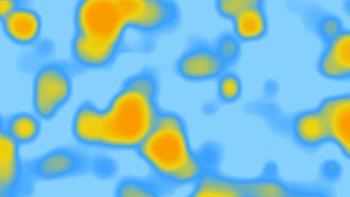
Report: POAG patients who smoke experience advanced retinal nerve fiber layer thinning
It was reported that the more individuals smoke, the faster the retinal nerve fiber layer (RNFL) becomes thinner.
A recent report shows that the more individuals smoke, the faster the retinal nerve fiber layer (RNFL) becomes thinner.1
Takashi Nishida, MD, PhD, from the Hamilton Glaucoma Center, Shiley Eye Institute, Viterbi Family Department of Ophthalmology, University of California San Diego, La Jolla, CA, and his associates conducted a longitudinal study of the relationship between smoking and smoking intensity and the rate with which the RNFL becomes thinner in patients with primary open-angle
The investigators studied patients with POAG who had had a minimum of 3 years of follow-up with a minimum of 5 visits to obtain optical coherence tomography (OCT) images.
The investigators defined the smoking intensity as the pack-years at the time the baseline OCT images were obtained.
The study included 466 eyes of 314 patients. The mean follow-up was 6.6 years (range, 6.4-6.7 years). Any history of smoking was reported by 39% of patients (n = 121).
“Greater smoking intensity was associated with faster RNFL thinning (−0.06; 95% confidence interval, −0.11-0.00) µm/year per 10 pack-years higher,” the researchers reported. This finding reached significance (p=0.031) after adjustment for confounding factors.
The thinning of the RNFL proceeded significantly faster when the smoking intensity exceeded 8 pack-years.
The study concluded thatthe smoking intensity was associated with faster rates of thinning of the RNFL.
Nishida and colleagues suggested that evaluation of the smoking intensity might add information to the assessment of the risk of glaucoma progression. However, they also noted that future studies are required to investigate if smoking cessation as a modifiable risk factor can decrease progression in patients with glaucoma.
Reference
1. Nishida T, Mahmoudinezhad G, Weinreb RN, et al. Smoking and progressive retinal nerve fibre layer thinning in glaucoma. Br J Ophthalmol. 2022; published online September 13, 2022; http://dx.doi.org/10.1136/bjo-2022-321237
Newsletter
Want more insights like this? Subscribe to Optometry Times and get clinical pearls and practice tips delivered straight to your inbox.









































